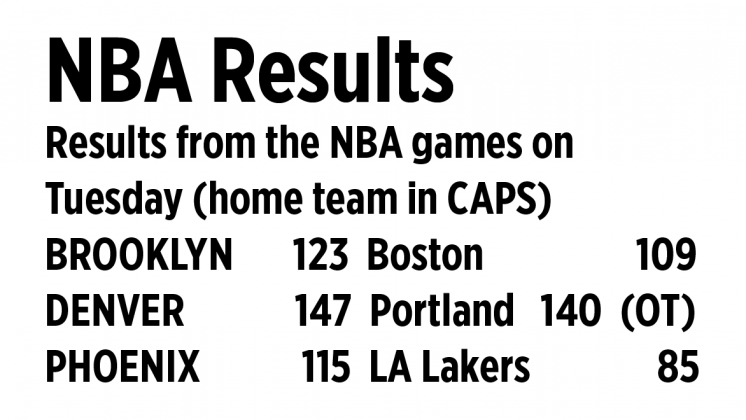Quorum misconception
In simple terms, a quorum is the minimum number of attendees required to be present before an official meeting can take place. Without it, a meeting by the organizers and participants may be questioned for being legally infirm or defective. The foundation of this principle in corporate law is Section 51 of the Corporation Code, which defines a quorum as that consisting of the stockholders representing a majority of the outstanding capital stock or a majority of the members in the case of non-stock corporations. Having this in mind, does a quorum always require a majority or 50% plus 1? For instance, can one/third (1/3) of the outstanding capital stock or the members be considered a quorum?
In a recently issued Securities Exchange Commission (SEC) opinion, a non-stock, non-profit, condominium corporation sought confirmation on its intention to amend the quorum requirement in its by-law provisions on members’ meetings. Prior to the amendment, the by-laws stated that the presence of members in good standing, representing at least a majority of the relevant number of units entitled to be represented and vote at the meeting, shall constitute a quorum. In the proposed amendment, however, the condominium corporation sought to lower the requirement, such that the presence of members in good standing, representing at least 30% of the relevant number of units entitled to be represented and vote at the meeting, suffices to constitute a quorum.
Ruling in the affirmative, the SEC declared that stock corporations or non-stock corporations are authorized to define what constitutes a quorum based on its by-laws, citing two other opinions in support of its argument. Nevertheless, the provision in the by-laws relative to quorum will not hold in those instances where the Corporation Code or applicable special law explicitly prescribes a higher proportion of stockholders or members necessary to resolve or carry out a particular corporate proposal. Thus, any corporation, whether stock or non-stock, is authorized to provide in its by-laws a specific number of stockholders or members necessary to constitute a quorum for the transaction of corporate business, except in cases where the law requires a minimum stockholders’ or members’ vote for a certain corporate action (e.g., two-thirds of the stockholders representing the outstanding capital stock or the members in case of amendment of articles of incorporation), which would in effect be the required quorum.
Thus, in response to the query, the SEC confirmed that the condominium corporation can indicate in its by-laws 30% as necessary to constitute a quorum for the transaction of corporate business, even if the same is less than the majority of all its members.
It is worthy to note that the guidelines are strictly for stockholders or members’ meetings only. It does not apply to, and should not be confused with, the quorum for regular or special meetings of the board of directors or trustees. Under Section 52 of the Corporation Code, unless the Articles of Incorporation (AoI) or the by-laws provide for a greater majority, a majority of the directors or trustees as stated in the AoI shall constitute a quorum to transact corporate business, and every decision reached by at least a majority of the directors or trustees constituting a quorum, except for the election of officers which shall require the vote of a majority of all the members of the board, shall be valid as a corporate act. A careful reading of the provision implies that quorum for regular or special meetings of the board of directors or trustees shall be the majority of the number appearing in the AoI unless a greater majority is indicated in the AoI itself or the by-laws. Therefore, lowering the quorum to less than the majority is not sanctioned by the law.
In the interest of convenience, and while the above precedents may serve as bases for corporations to fix a specific number of shares or members to constitute a quorum lower than the majority, it rarely happens in actual practice. The by-laws would often require at least a majority or even two-thirds of the outstanding capital stock or members as the quorum for the meeting, thereby giving a false impression that it should always be the majority. It comes as no surprise though due to practical considerations. For one, providing a quorum of majority of the outstanding shares or members ensures that the will of the majority of shareholders or members is adequately represented. Or, in the case of a publicly-listed company already subject to additional reportorial requirements and stricter rules, having a quorum of only 10% of all its outstanding capital stock would invite scrutiny. Regardless of the reason, as we have learned by now, majority is not always the rule. Corporations are authorized to define what constitutes a quorum based on its by-laws unless otherwise specified by the law. As a good rule of thumb, we should be wary of the fallacy of the common notion — or should I say the quorum misconception.
The views or opinions expressed in this article are solely those of the author and do not necessarily represent those of Isla Lipana & Co. The content is for general information purposes only, and should not be used as a substitute for specific advice.
Reynaldo Q. Marquez, Jr. is a manager with the Tax Services Group of Isla Lipana & Co., the Philippine member firm of the PwC network.
+63 (2) 8845-2728













